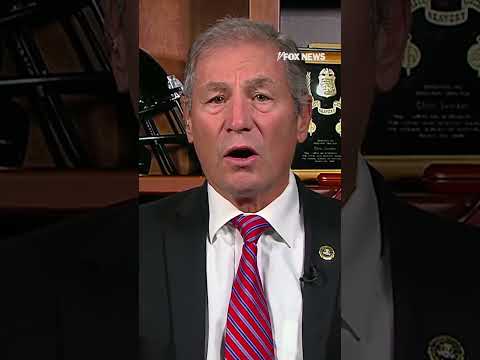Experts reveal what to look out for, from our water sources to the plastic that our food is wrapped in.
—
LauriPatterson via Getty Images
Many of the animals we eat, like tuna, have microplastics in their flesh.Food contaminants are always a hot topic, as we consumers have a natural desire to know exactly what we’re putting in our bodies when we purchase, prepare and eat our groceries. Social media broadens the audience for these conversations and debates, and over the course of the past year, we saw one food safety subject rise to the top of the algorithm: microplastics.
TikTok couldn’t stop talking about microplastics and why they should be avoided … but what, exactly, are microplastics? How do they get into our food, and what potential health consequences can arise as a result?
We turned to a group of food scientists, physicians and food safety experts to get some answers, and they provided a full tutorial on these much-discussed particles.





